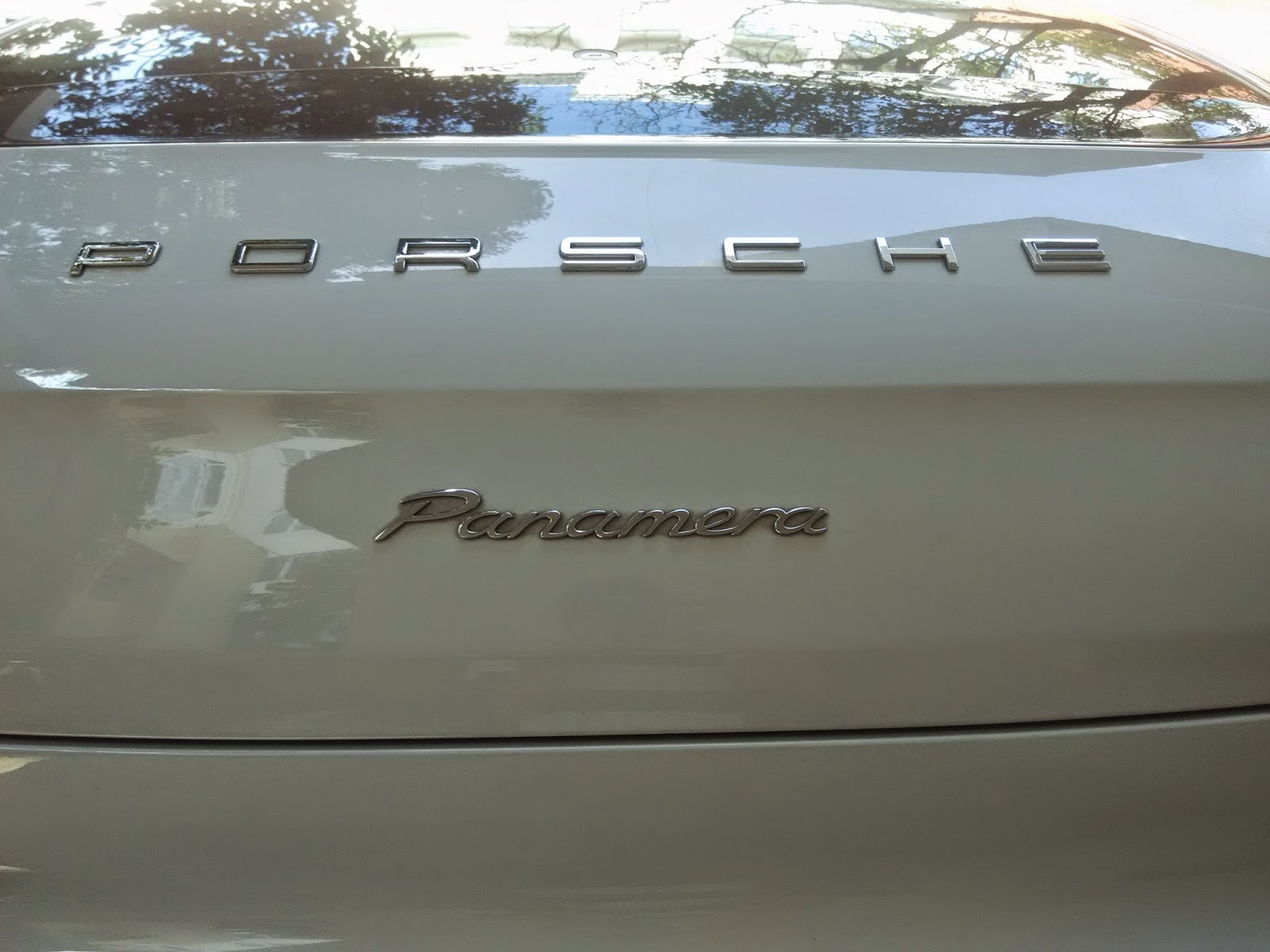Honda entered India with the City in 1998. Since then it
dominated sales thanks to its reliability and affordable technology. But in
recent times, Honda sales started dropping thanks to increasing petrol prices
and a lack of diesel engine. Honda is now bouncing back with the Amaze, its
first compact saloon with its first diesel engine.
Based on the Brio, the Amaze is under four metres in length
(3990mm). The profile is simple and elegant. It looks like a Brio with a nicely
integrated boot. It does not have the truncated boot look you get in the Swift
Dzire. Two sweeping lines along the
sides masks the length. It gets a new “smiling” front grille. From all angles,
the Amaze looks rather attractive. On the inside, the similarities with the
Brio continue. The Amaze borrows it’s dashboard from the Brio. The front seats
are also borrowed from the Brio but have better support. The seats are comfortable even during long distance drives. The similarities end
there. Unlike in the Brio, Honda’s brilliant packaging liberates excellent
legroom, both front and back, and large boot, which measures at 400 litres.
The Amaze is powered by a new Earth Dreams 1.5 litre, four
cylinder turbocharged diesel engine developing a peak power of 100PS at 3600 rpm
and a peak torque of 200Nm at 1750 rpm. It is connected to the front wheels via
a five speed manual transmission. Turbo lag is negligible and a good amount of
power is available from the peppy engine which will rev to 4000 rpm with ease.
This makes overtaking a breeze. Gear changes are crisp though it is slightly
heavy. The clutch is light and makes for easy city driving. The steering is precise
and weights nicely. The well balanced chassis cuts understeer. But, the thin 14
inch tires which are used keeping fuel efficiency in mind offer less grip. Overall,
the good handling package in combination with the peppy engine and crisp
changes make for a very involving drive. This car will not disappoint
enthusiasts. The ride quality is good. All bumps are absorbed nicely by the
soft suspension and only the sharper ones are felt. Honda claims an efficiency
of 25.8 kilometres per litre but realistically you can expect 22 kmpl on the
highway and about 19 in the city. This makes it one of the most fuel efficient cars
you can buy.
On the equipment list, you get turn indicator on ORVMs,
power foldable and power adjustable ORVMs, driver seat height adjustment, trunk
light, heat absorbing front windscreen and a 15.7cm Touch Screen Audio Visual
Navigation system with steering mounted audio controls. On the safety front,
you get front seat belt pretensioner, front dual SRS airbags and ABS with EBD
which comes as standard in the diesel.
With prices starting from 6.42 lakhs (ex-showroom
Bangalore), it looks like Honda has a winner on its hands. With a brilliant new
engine married to a brilliant new car, Honda has made a fuel efficient yet fun
to drive car. This is exceptional considering the fact that it is tough to get
the best of both worlds. Without any doubt, this is one of the best cars you
can buy at this end of the market.
















